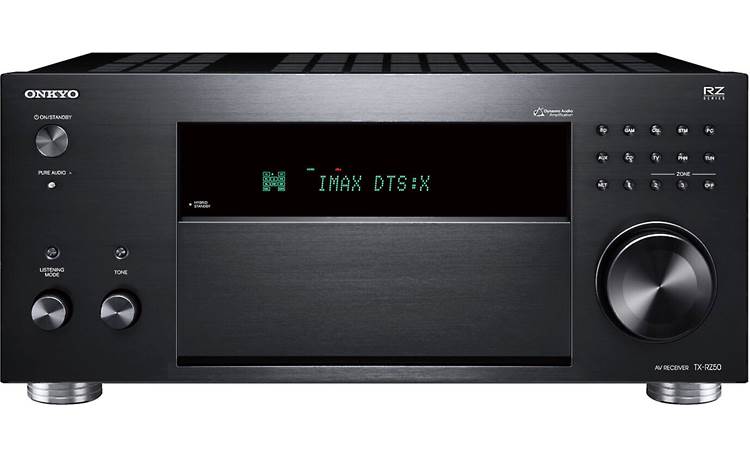There are really only a handful of folks that make most of the HT audio gear.
For instance: Marantz, Denon, Classe, Polk, B&W, Heos, Definitive Technology, and Boston Acoustics are all owned by the same LLC holding company. JBL, B&O, Inifinity, Crown, Martin, Harmon Kardon, and many others are all owned by Samsung.
I have had decent luck with Yamaha, I got a A2A last year (scratch & dent from Crutchfield) - for the most part it's awesome sounding, although when it's using Surround sometimes the dialog can come out weak and I haven't found the right combination of settings to really adjust for it -- it could be my center channel, but I don't think so, as my previous Yamaha did fairly well with it (the older Yamaha also didn't have Atmos or the more recent surround modes though). It does seem to check all the correct boxes though, and I've had no issues with it. Being a couple of years older it does have that issue with 4K VRR pass through, but I don't have VRR screen, and Yamaha will supposedly fix it when they have a fix.
But I've heard high praise for Marantz/Denon and JBL units as well, at least for the price range that excludes crazy money.

